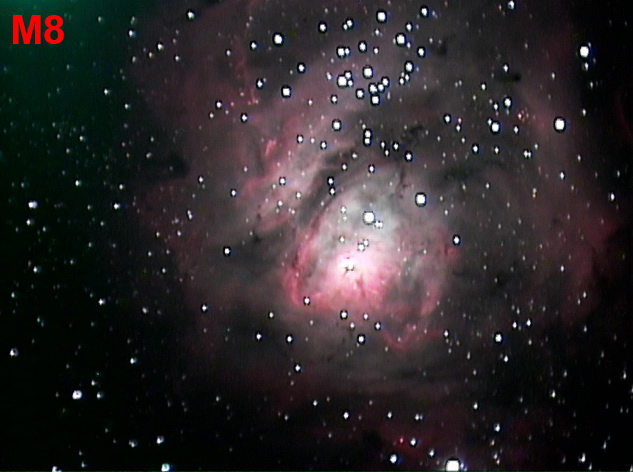
Electronically-assisted astronomy (EAA) is a relatively new and often misunderstood pastime, one that lies somewhere in the continuum between strictly visual observing and hard-core astrophotography. Simply put, EAA allows you to see what would otherwise not be possible to see using an eyepiece alone. It’s an ideal way to complement purely visual observing, and it’s perfect for stargazers who don’t have the visual acuity or patience to look through an eyepiece [Read more…] about The Basics of Electronically-Assisted Astronomy
Share This:

